Ezhilam Pala (Alstonia scholaris) is a medium sized tree native to India, South Asia. The leaf arrangement of the plant has some peculiarities that gave it the Malayalam name, Ezhilam Pala, which means a pala tree with seven leaves. It is not to say the entire tree has only seven leaves, but the leaves are supposed to be of whorls of seven. However, there are differences in the number of leaves in a whorl. It can sometimes be six.
The tree is also known as yakshi pala (a yakshi is somewhat similar to a ghost of a young woman). The flowers give out a characteristic fragrance that gives people a feel of excitement. The white flowers are small and appear as terminal inflorescence.
The bark and leaves produce a milky latex when injured, which is toxic.
The latex also gives good medicinal properties with appropriate combinations and forms treatment remedy for fever, coughs etc. The bark of the tree is used in the treatment of toothache, malaria and rheumatism. It is also used as an antidote to snake bite.
Alstonia scolaris belongs to the family Apocynaceae.


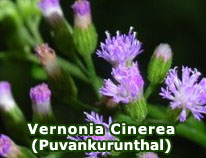
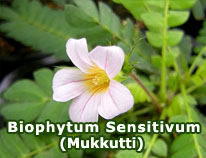
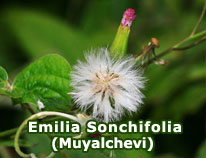
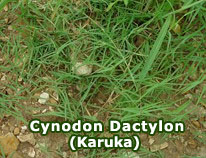
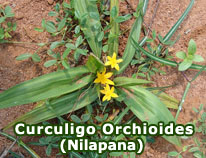
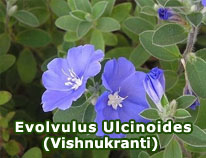
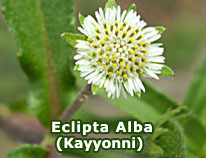
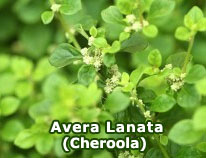
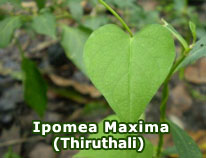
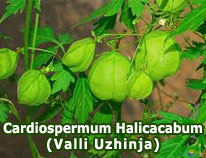
 Loading ...
Loading ...






